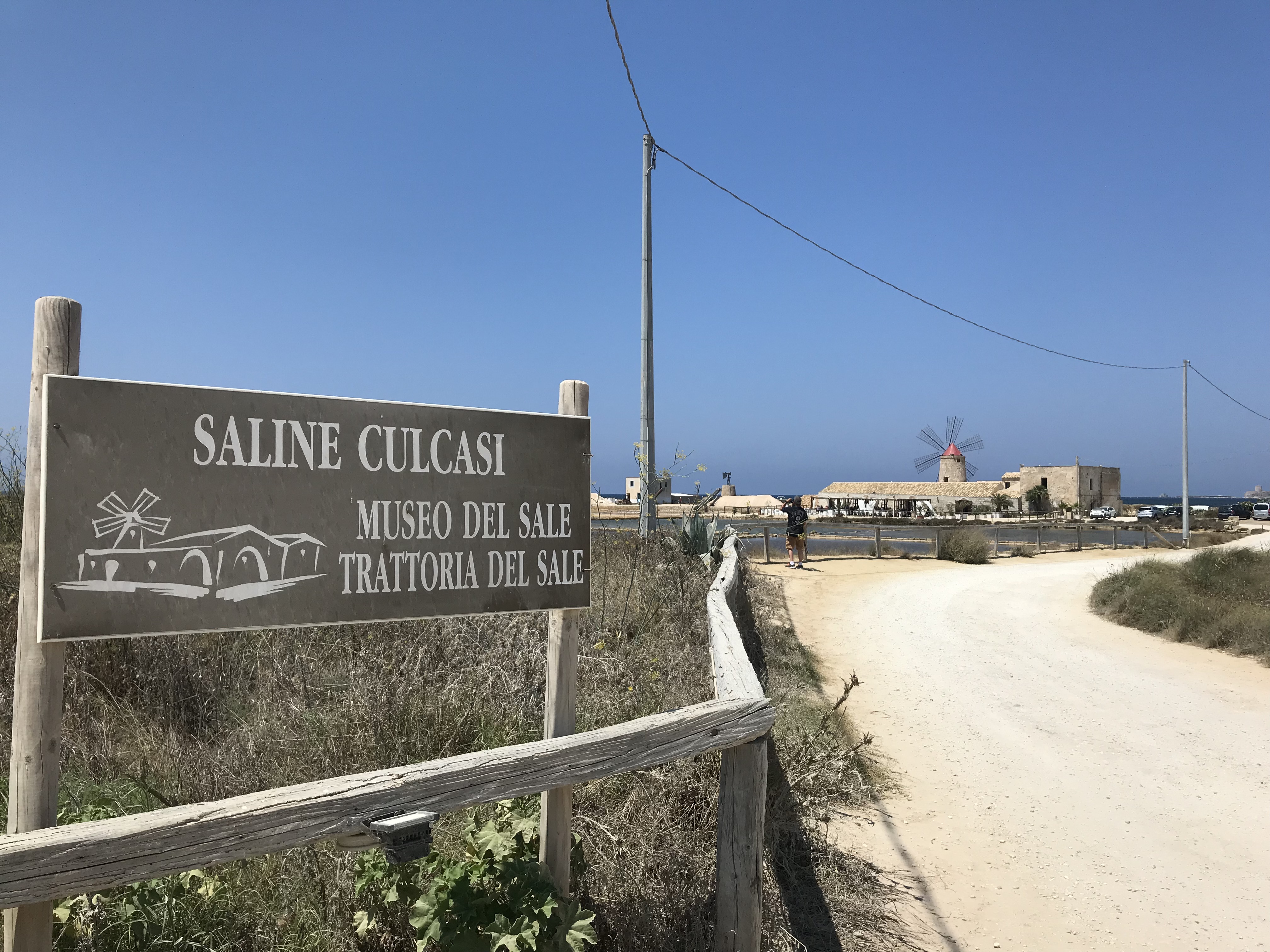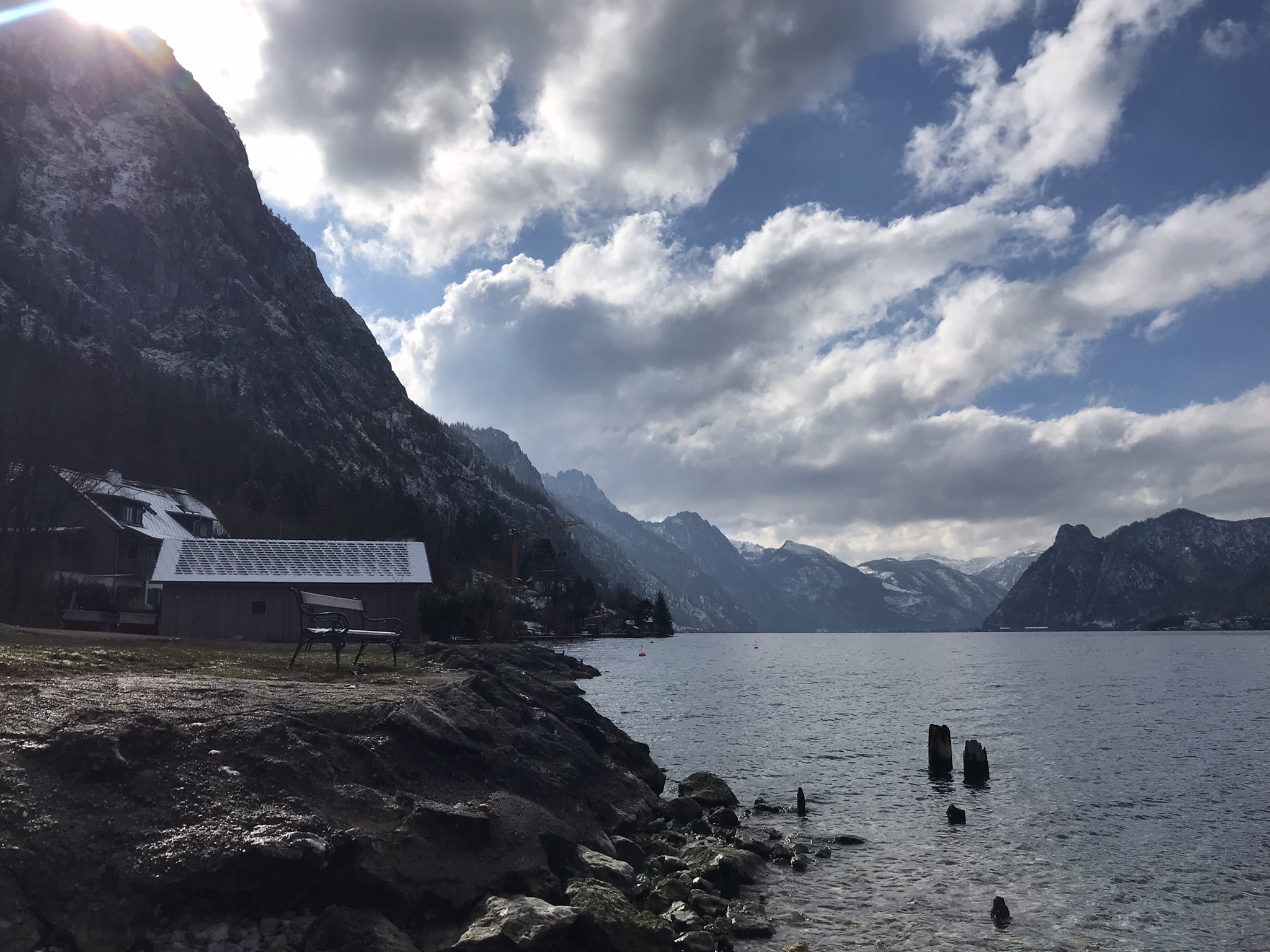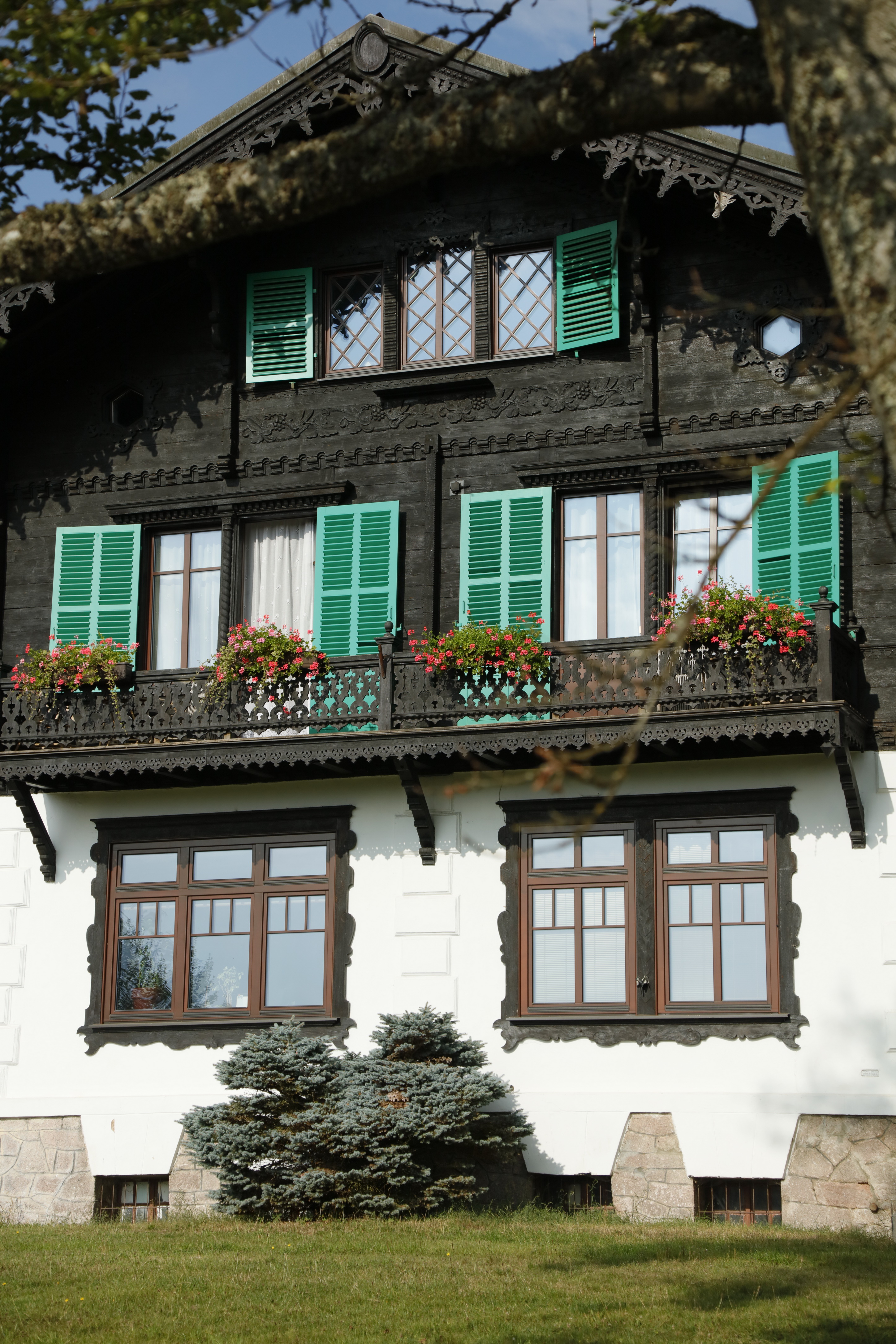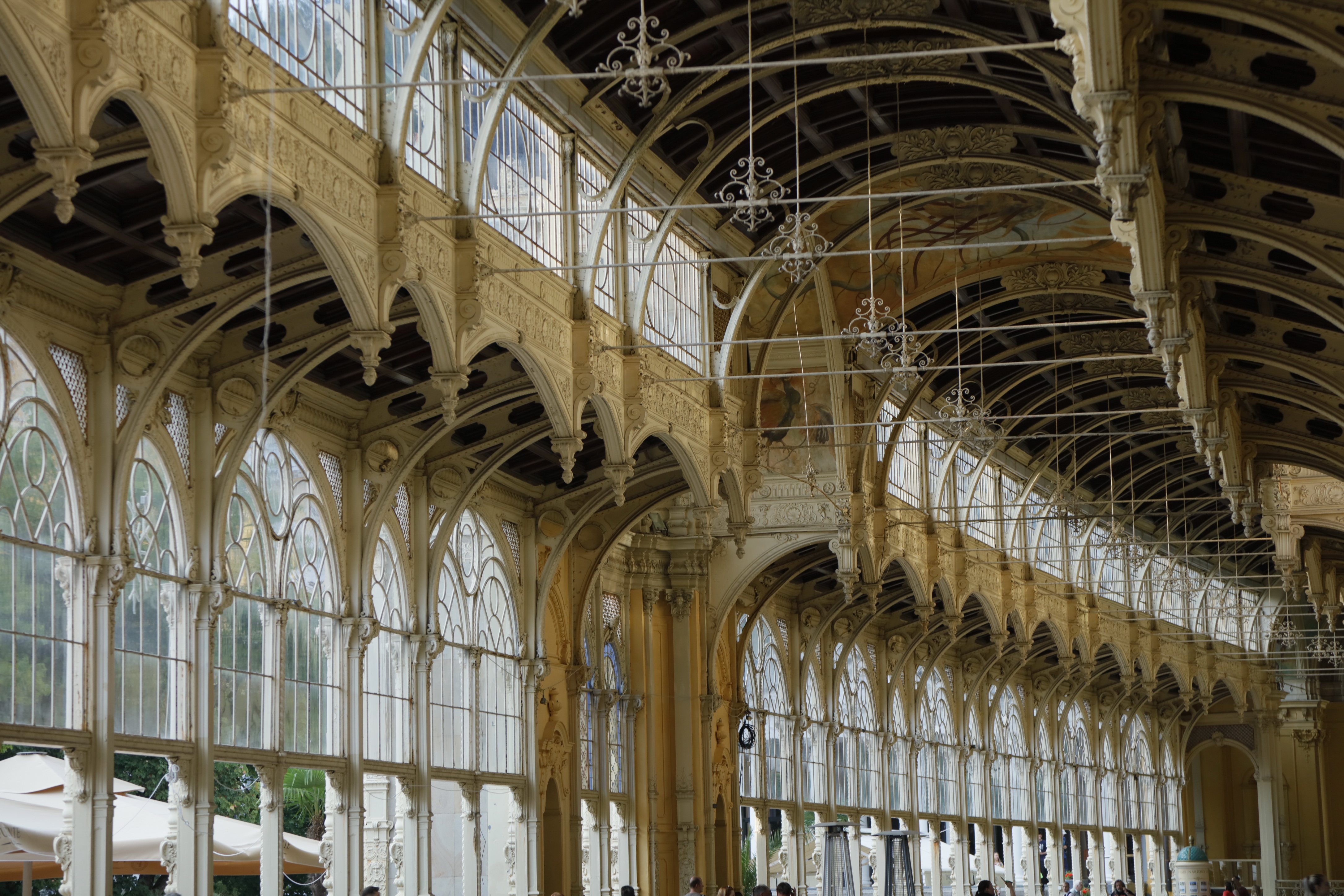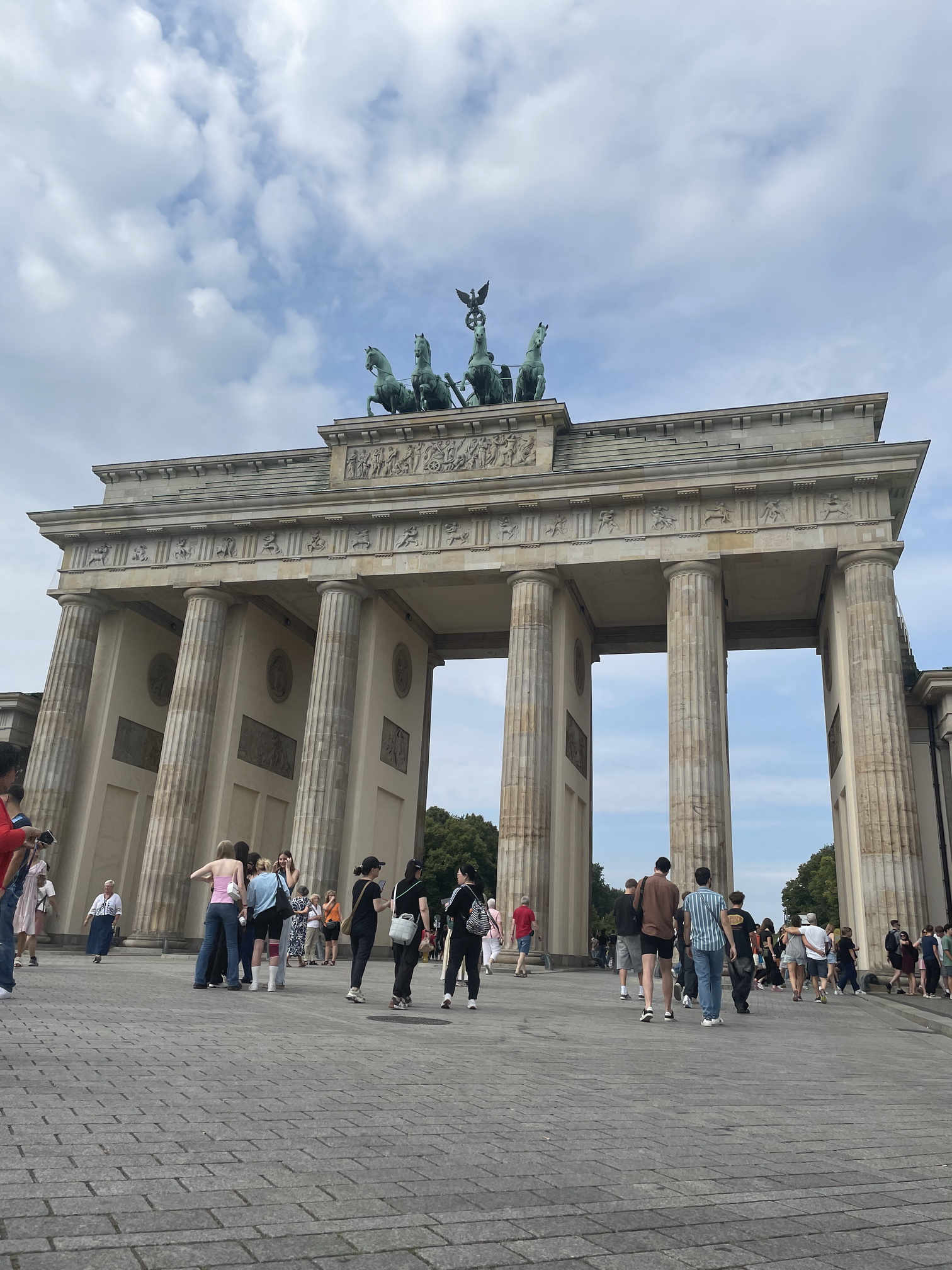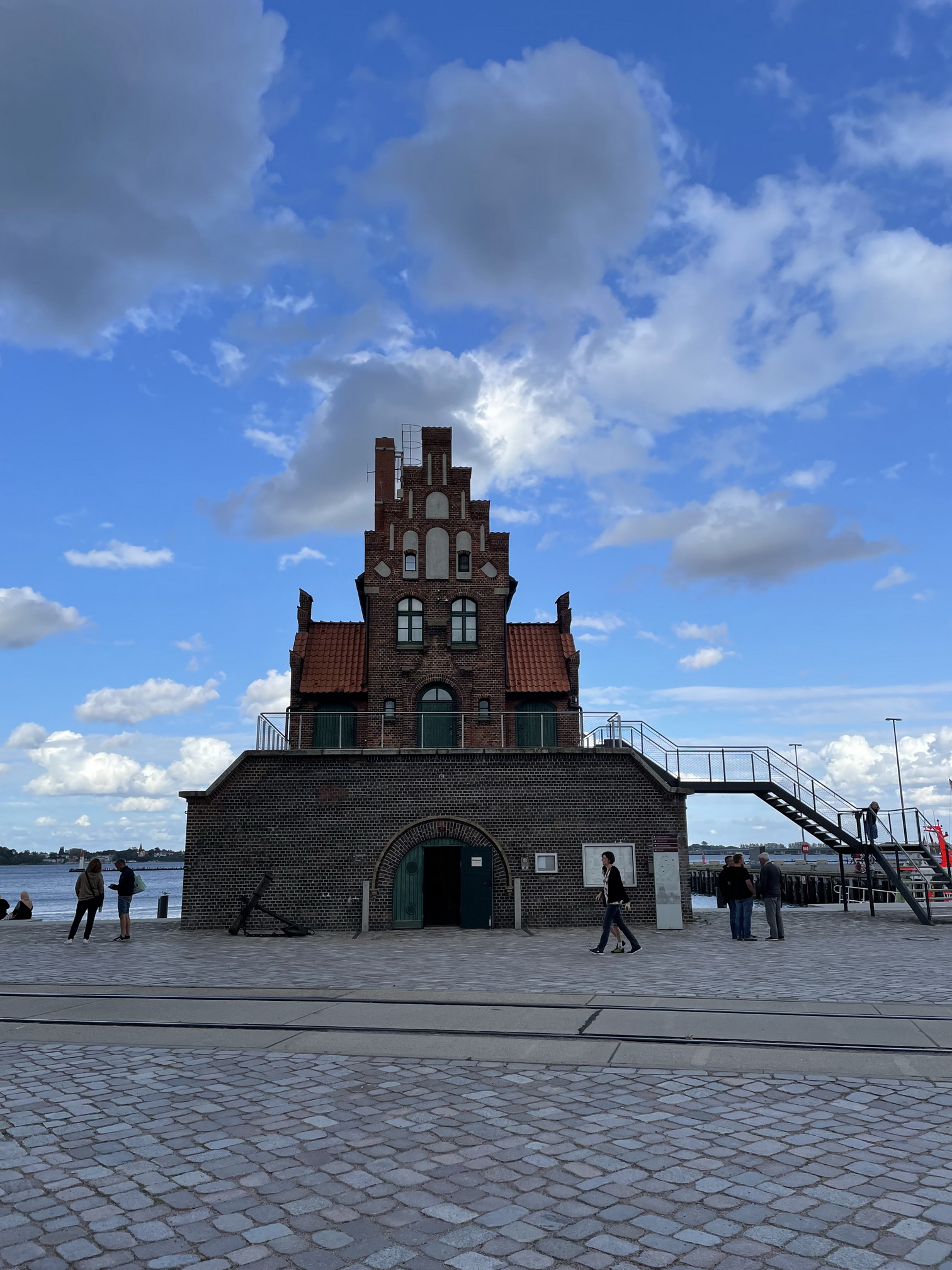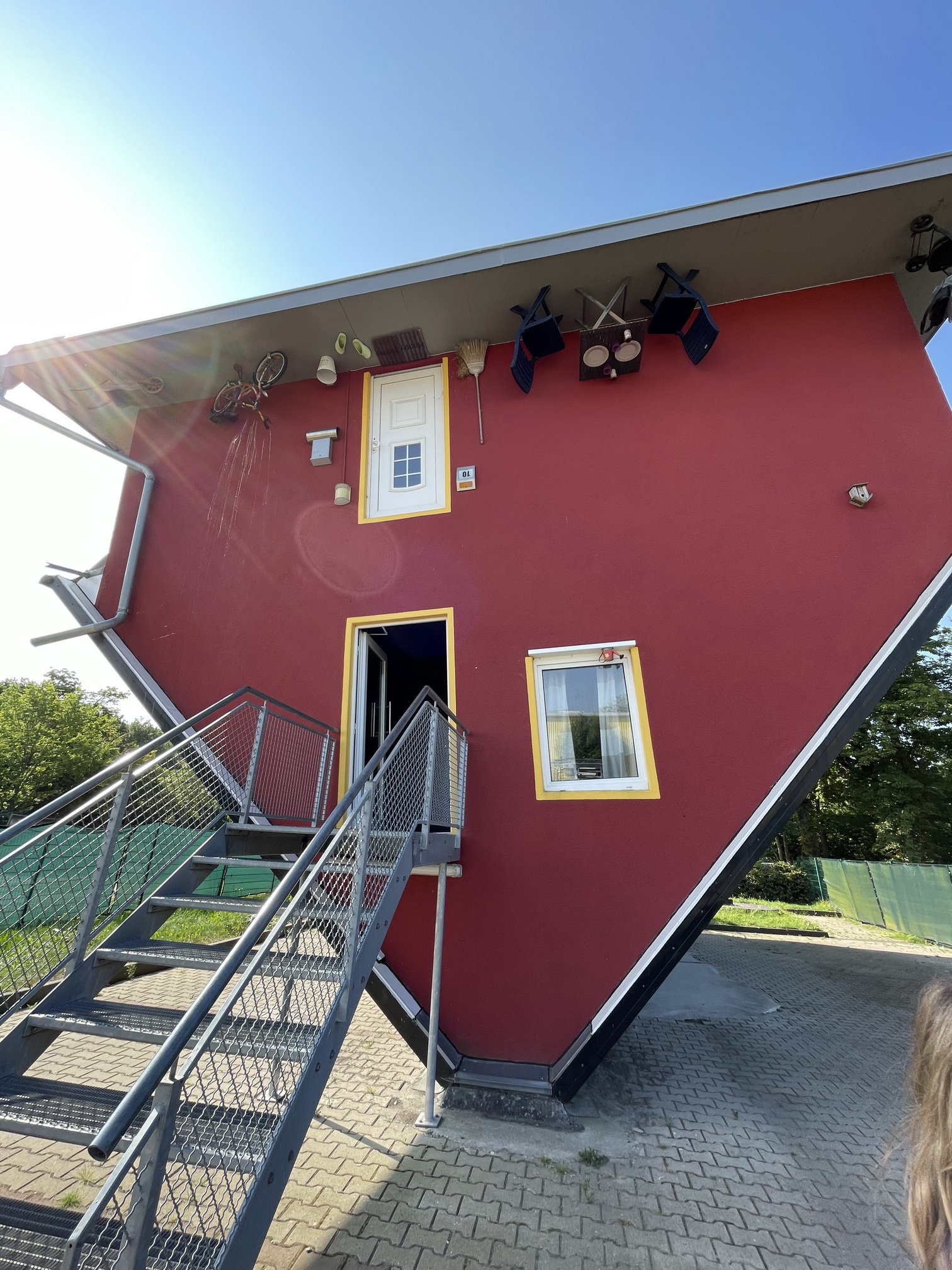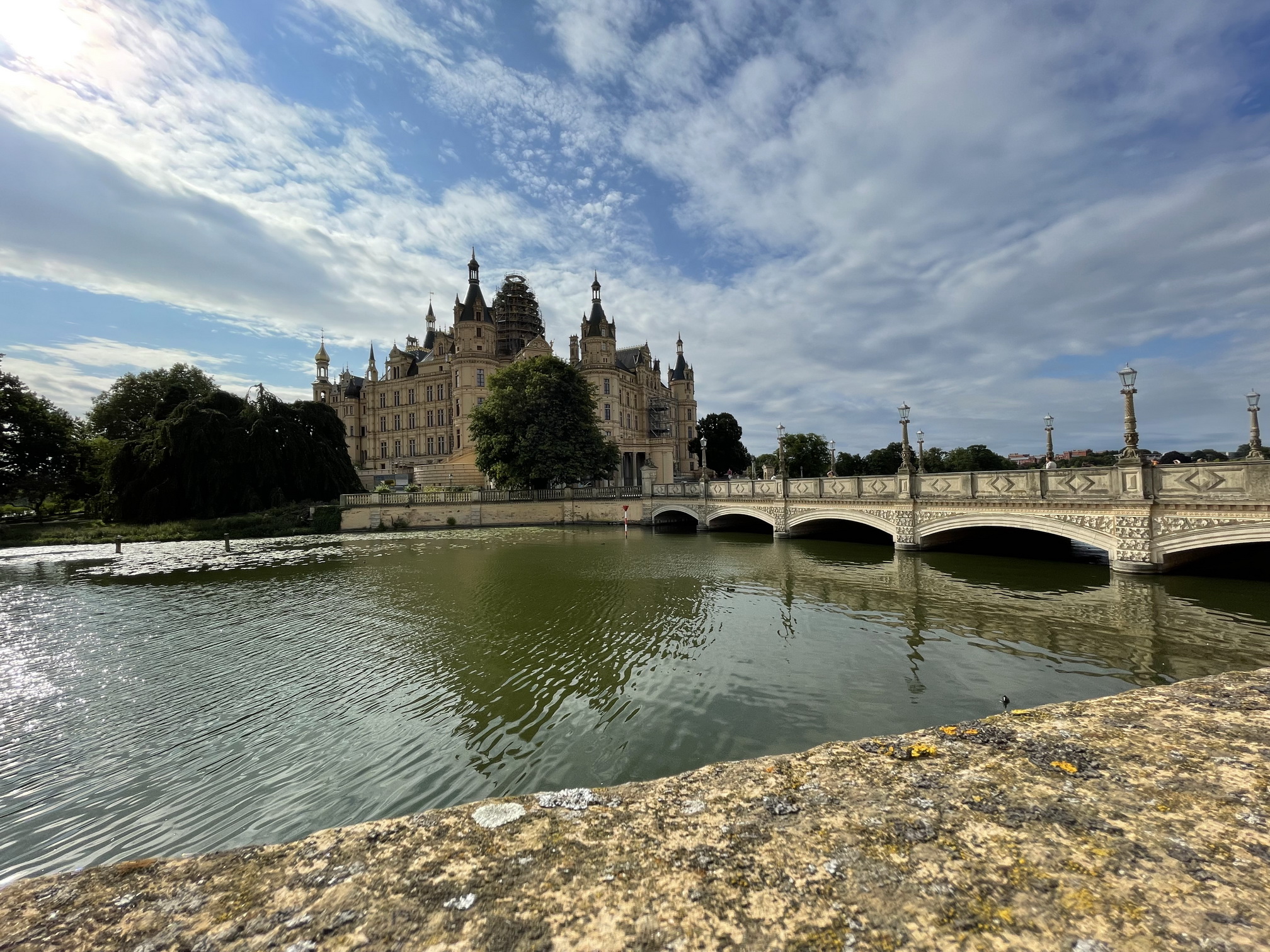Prague, the capital city of the Czech Republic, is a mesmerizing blend of history, culture, and architectural beauty. Known as the "City of a Hundred Spires," Prague enchants visitors with its stunning skyline dominated by Gothic, Baroque, and Renaissance buildings. The historic Old Town Square, with its Astronomical Clock and colorful facades, serves as a focal point for both locals and tourists, serving as a vibrant hub of activity. Wandering through the cobblestone streets, one can’t help but feel the weight of history, from the medieval Charles Bridge adorned with statues to the majestic Prague Castle, which has stood as a symbol of Czech resilience for centuries.
The city is also renowned for its rich cultural heritage, offering a plethora of museums, galleries, and theaters that celebrate its artistic legacy. Institutions like the National Gallery and the Prague National Theatre showcase both classical and contemporary works, while the annual Prague Spring International Music Festival draws performances from world-class musicians. Furthermore, the city’s coffee culture and culinary traditions reflect its vibrant local life, with cozy cafés and bistros serving up delicious Czech dishes and famed Pilsner beers.
In recent years, Prague has emerged as a dynamic European destination for both leisure and business travelers. Its central location, well-connected public transport, and welcoming atmosphere make it an ideal stop for exploring Central Europe. The city balances modernity with nostalgia, as new establishments open within its historic neighborhoods, creating a lively fusion of the old and the new. Despite the increasing number of visitors, Prague retains its charm, enchanting those who walk its streets and immerse themselves in its rich tapestry of experiences. Whether you're admiring the breathtaking views from Petřín Hill or enjoying a quiet moment by the Vltava River, Prague is a city that resonates with both history and vitality.


